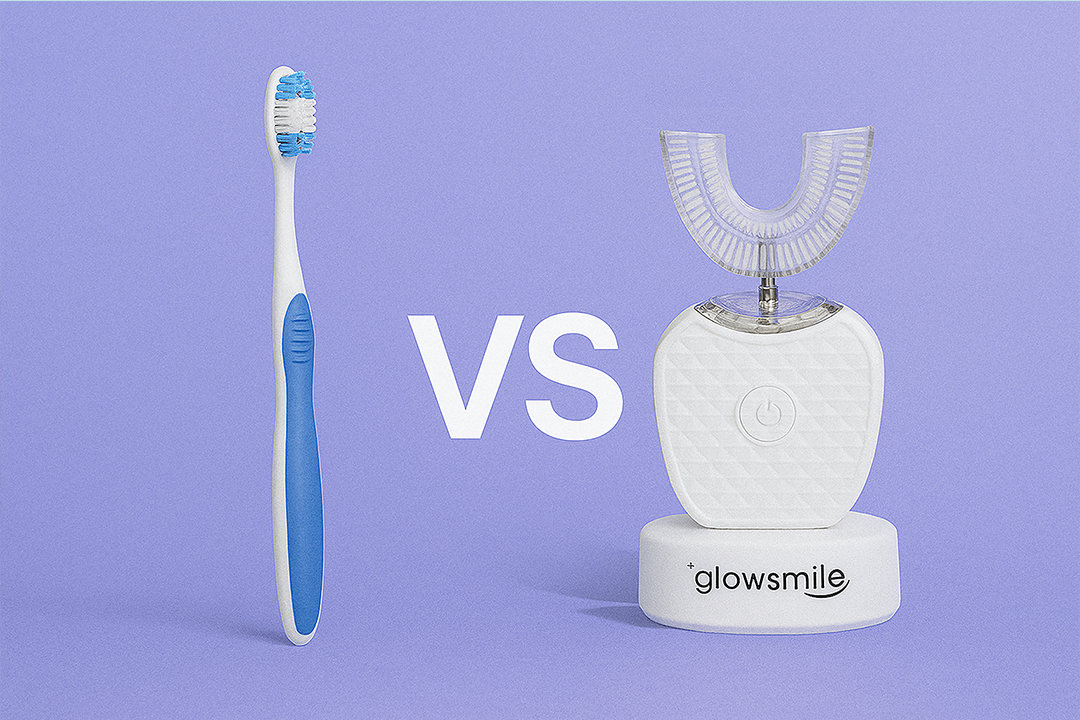Let's be honest, brushing your toddler's teeth can feel like an impossible mission. From tightly clenched jaws to full-blown tantrums – you're not alone if you feel frustrated or overwhelmed. But don't worry, there are ways to make this daily routine easier for both of you.
In this guide, we take you through everything you need to know – from how to start brushing teeth to what you can do if your toddler refuses. We also answer some of the most common questions parents have, such as when to start brushing a baby's teeth. And we discuss what you can do if your toddler hates brushing their teeth (and screams the whole house down).
Why Brushing Teeth Is Important (Even If Your Child Has Only a Few Teeth)
Even if your little one has only a few teeth, those little nibbles are at risk of tooth decay from the moment they come in. Start brushing early:
- Prevents cavities and gum problems
- Encourages lifelong habits
- Let your child get used to daily oral care
If your newborn baby has teeth – yes, it happens! – you should start cleaning immediately. You can begin by gently wiping the baby's gums with a soft cloth or using a silicone finger brush.
As more teeth come in – especially in the upper gums of the baby before eruption – it is important to gradually switch to a small baby toothbrush and a little fluoride toothpaste
Common Struggles of Parents
Many parents experience the same struggle:

- Toddler refuses to brush their teeth.
- Toddler won't let me brush their teeth.
- Toddler becomes hysterical during toothbrushing.
- Baby won't let me brush their teeth.
If this sounds familiar, you are definitely not alone.
Toddlers can resist toothbrushing for various reasons:
- It's a new sensation.
- Their gums may be sensitive.
- They want to be in control themselves.
- They just don't feel like it.
Instead of forcing it, the goal should be to make toothbrushing part of a calming, familiar routine.
Step by step: How to brush your toddler's teeth without hassle

Start early and gently
Even before teeth come in, clean your baby's gums daily with a clean, damp cloth. Once the first tooth breaks through, switch to a baby toothbrush with soft bristles.
Visit our 'Baby Teeth Brushing collection’ for parent-approved tools that make brushing gentle and safe.
Use the right products
Using age-appropriate brushes and toothpaste helps reduce discomfort. Choose toothbrushes with soft bristles, a comfortable handle, and a small brush head that fits easily in a toddler's mouth. Use only a small amount of fluoride toothpaste (about the size of a grain of rice).
GlowSmile's Brushing Toddler Teeth kits are perfect for this stage.
Make it playful and fun
Make toothbrushing a game! Try it like this:

- Let them brush your teeth first.
- Sing a fun toothbrushing song.
- Use a two-minute sand timer.
- Let them choose a toothbrush with their favorite animal or color.
These techniques often work well when your toddler refuses to brush or feels overwhelmed.

Give them control
Toddlers thrive on independence. Let them hold the toothbrush or choose between two options ('Do you want the blue or the green toothbrush?'). This sense of control can help reduce resistance.
Brush together
Your toddler learns by watching you. Brush your teeth together with them to model good habits. This simple action helps when your toddler won't let you brush – they start to imitate instead of resist.
Stay calm and consistent
Some days will be easier than others. If your toddler is hysterical during toothbrushing, take a break, reassure them, and try again after a few minutes. By keeping the experience pressure-free, your child learns to associate toothbrushing with calm rather than struggle.

Frequently asked questions about oral care for babies and toddlers
How many teeth should a 1-year-old have?
Most 1-year-olds have about 6 to 8 teeth, but this can vary. Some have only 2, while others may have up to 10.
How do you brush a baby's teeth?
Start by gently wiping the gums and switch to a baby toothbrush as soon as the first tooth appears. Brush twice a day with water or a rice grain-sized amount of fluoride toothpaste.
When should you brush a baby's teeth?
As soon as the first tooth appears. Start immediately with a routine of brushing twice a day.
How do you get a toddler to brush their teeth?
Make it fun and interactive. Let them 'help' with brushing, try apps or songs, and keep it playful. Try GlowSmile's 'Toddler Brushing Teeth' collection for tools toddlers love to use.
When should you take a baby to the dentist?
Experts recommend taking your child to the dentist by age 1, or within six months after the first tooth appears.
Finally: Build healthy habits early
Brushing a toddler's teeth doesn't have to be a battle. By starting early, using gentle tools, and making it a fun part of your daily routine, you give your child a good foundation for a lifetime of healthy smiles.
At GlowSmile we believe oral care should be simple, safe, and even fun for your little ones. That's why we offer specially designed products for:
- Newborns with teeth.
- Soothing baby's gums.
- Brushing baby's teeth.
- Helping toddlers who refuse to brush.
Discover our full collection and make toothbrushing a smile moment for both of you.









Leave a comment
This site is protected by hCaptcha and the hCaptcha Privacy Policy and Terms of Service apply.